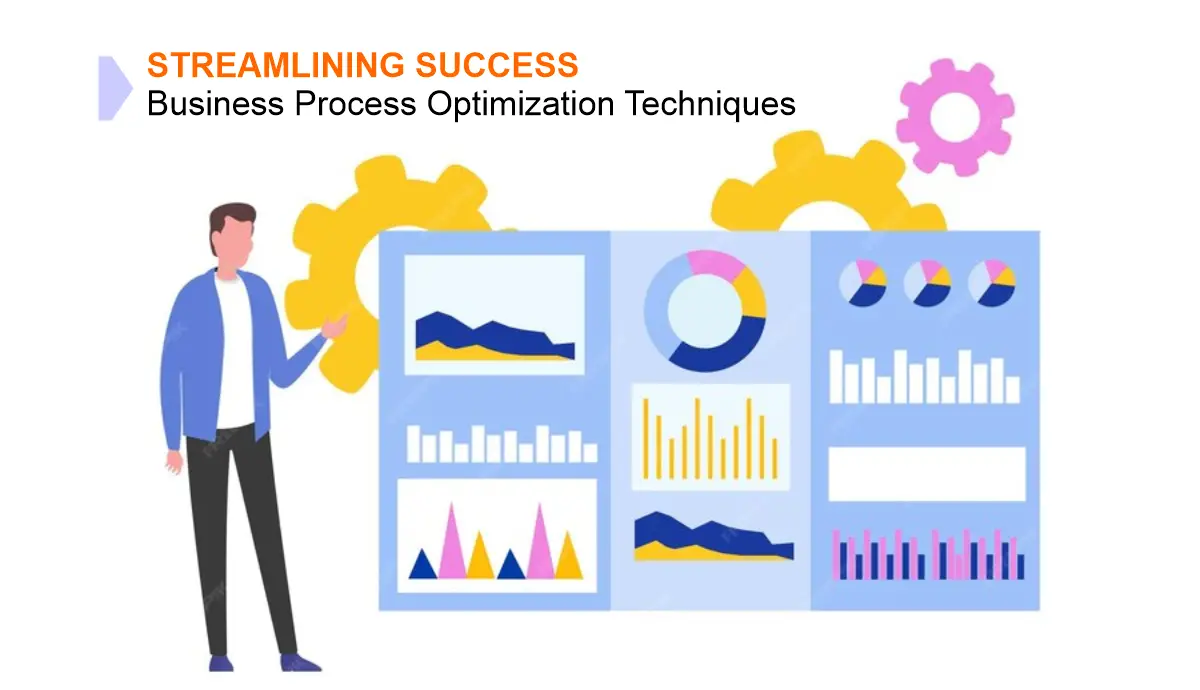In an era where efficiency is the key to competitiveness, business process optimization (BPO) has become a vital tactic for businesses seeking to streamline processes, cut costs, and improve overall performance. Whether you’re operating a startup or overseeing a large corporation, the capacity to recognize and improve your workflows can be the distinction between stagnation and scalable success.
Business process optimization is the process of analyzing existing procedures, pinpointing inefficiencies, and instituting improvements that provide improved outcomes with less in terms of resources. It not only makes internal operations more robust but also boosts customer satisfaction and profitability.
1. Mapping and Assessing Existing Processes
The initial step to optimization is comprehending how things are working presently. Process mapping provides a graphical view of workflows, tasks, decision points, and resource involvement. This enables companies to determine redundancies, delays, or gaps that could be hindering productivity. Utilizing tools such as flowcharts or BPM (Business Process Management) software, teams can achieve actionable insights into where optimization is most required.
2. Automation of Repetitive Tasks
Manual and repetitive tasks are not only time-consuming but also prone to human error. By integrating automation tools, such as CRM systems, inventory tracking platforms, or email responders, companies can enhance efficiency while minimizing labor expenses. Automation also allows for consistency in task execution, which increases quality control.
3. Leveraging Digital Tools for Operational Excellence
Digital transformation is a strong driver of process improvement. Combining cloud-based software, AI analytics, and real-time dashboards enables improved decision-making and quicker response times. Companies should also invest in digital visibility-enhancing tools. For example, platforms such as Linkhouse enable companies to increase online presence through targeted content placement, enhancing SEO and brand authority—an integral component in marketing-driven workflows.
4. Performance Tracking and Continuous Improvement
Optimization is not a one-off exercise—it’s continuous. The application of KPIs (Key Performance Indicators) for every process ensures effectiveness can be tracked. Measurements such as turnaround time, error rate, and utilization of resources provide useful feedback. Applying methodologies like Lean, Six Sigma, or Kaizen instills ongoing examination and incremental improvement.
5. Cross-Departmental Alignment
Most process inefficiencies are a result of communication breakdowns between departments. Cross-functional collaboration is promoted to ensure that each team knows their contribution to the larger picture. This alignment prevents duplication of effort, fosters accountability, and leads to a more responsive organization.
6. Customer-Centric Optimization
Processes must always be user-centric. Whether for order processing, customer service, or delivery, a good process makes the customer experience better. Happy customers will be more likely to stay and refer others, eventually leading to long-term growth.
Conclusion
Business process optimization is no longer a choice—it’s a necessity. By adopting new tools, simplifying processes, and establishing a culture of ongoing improvement, companies can set themselves up for long-term effectiveness and success. The path to operational excellence starts with recognizing what works, refining what doesn’t, and never accepting “good enough” in an ever-changing marketplace.

